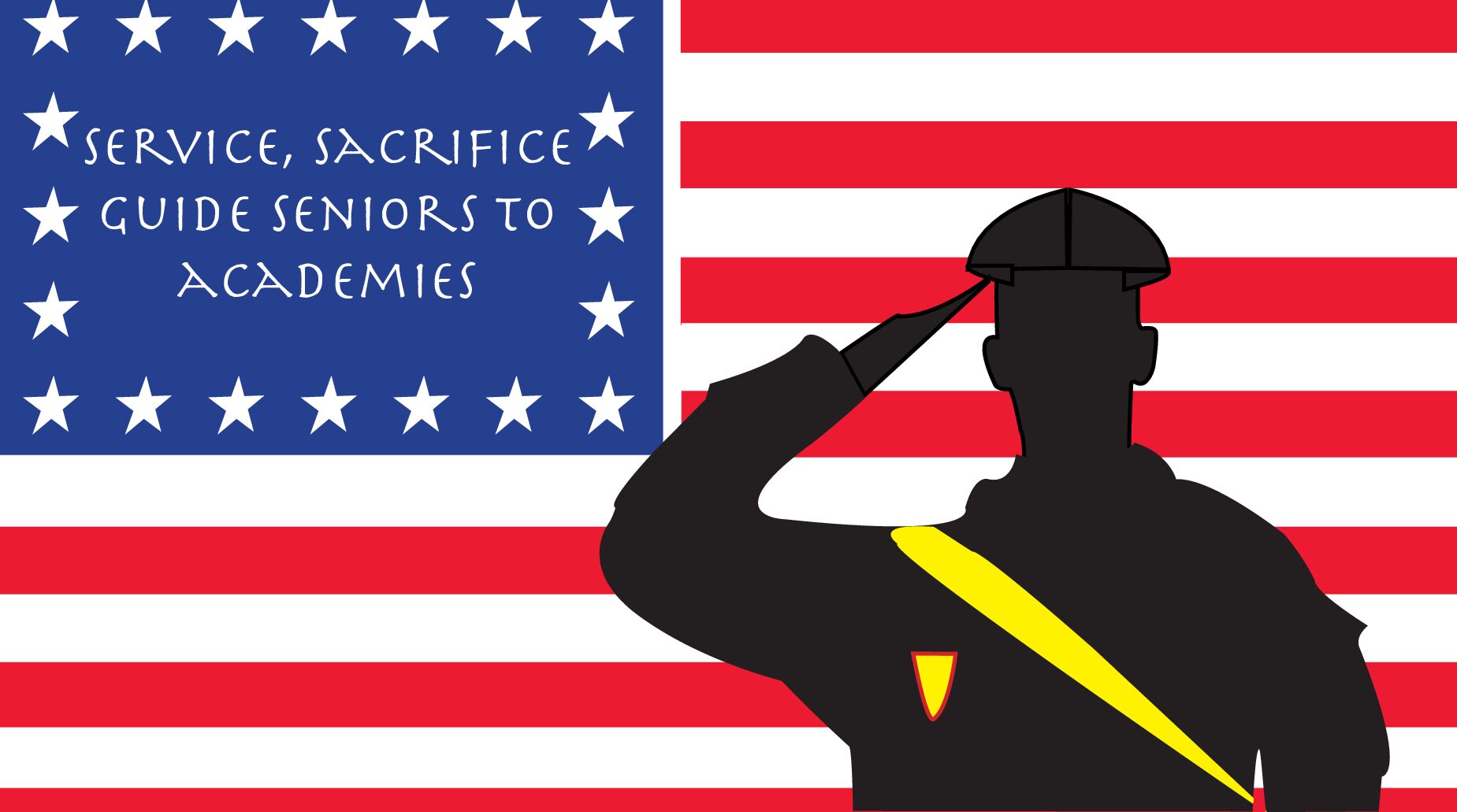Drew Davis, Reporter
@ddaviscourant
When you hear the word “robots” the first thing that comes to mind may be Transformers or R2-D2. To the students in the NCHS branch of Technology Student Association (TSA), a national group that competes in engineering and technology education events, the word means something very different.
The club’s robots are machines designed for specific functions. Using robotics kits prepared by VEX Robotics, students from middle school to high school engineer remote-controlled cyborgs to accomplish assigned tasks. “A lot of people think it’s battle robots but it’s really an art where you can engineer and design something and really see your product do something,” senior member and club leader Victor said.

For some of NCHS’s TSA members, it was an interest in this type of engineering construction that drew them to the club. “I like building things and I always thought of robotics as more advanced forms of legos, which I played when I was younger, so I figured why not join the club,” junior Hunter Collins said.
Since its founding only eight years ago the club has grown to includes six members. “A major success has been building up this club,” Victor said. “When I was a sophomore and junior I never had this kind of team so hopefully when I leave and Hunter becomes a senior he can have even more success with expanding the club’s membership.”
To prepare for a competition the team collaboratively builds one robot as well as programs it to perform the required VEX task. “We design, program and create the physical robot for the competition,” Victor said. “To make it move we download a computer program to the robot which allows it to do its various functions at the competition.”
Freshman member Peter Dantini believes communication and sharing ideas about mechanical design are vital aspects to the robotics club. “I love being able to communicate my ideas with everybody,” he said. “And I find it easier when everyone has a common interest and we can brainstorm together.”
The process of building a robot requires lots of enhancements and small changes along the way. “It is more about trial and error and learning through their failures,” faculty advisor and technology education teacher Mr. Zambarano said.

After observing a robotics competition earlier in the year, the club learned new ways to improve their robot and make it unique from other group’s robots. “Every good thing that other clubs did we tried to take into account,” Victor said. “We learned what works and what doesn’t to help our designs in the future.”
One of the challenges the club faces is getting their designs to function as intended. “You can plan one thing and think it will work perfectly, but in reality it fails,” Peter said.
Friction is a constant mechanical issue the club encounters when creating its robot. “You can build something that may work mechanically but if there is friction, it is not going to move,” Hunter said. “We decrease friction by using lubricants like WD-40 or teflon which is a smooth hard material that won’t stick like rubber.”
In order to complete the robot before the year-round competitions, the students work extra hours after school. “Some nights we stay at school until eight o’clock,” Mr. Zambarano said. “We have long working periods before the competition weekend to make sure we are ready.”

During the competition the robot may dysfunction so the club must prepare with extra parts. “You have to bring spare parts, motors and anything you think would be needed to replace a failed part of the robot,” Hunter said.
Despite occasional dysfunctions, the mishaps help the students learn to produce more successful robots in the future. “Occasionally we do more fixing and preparing than competing, but that’s okay because it is all about the learning,” Mr. Zambarano said.



